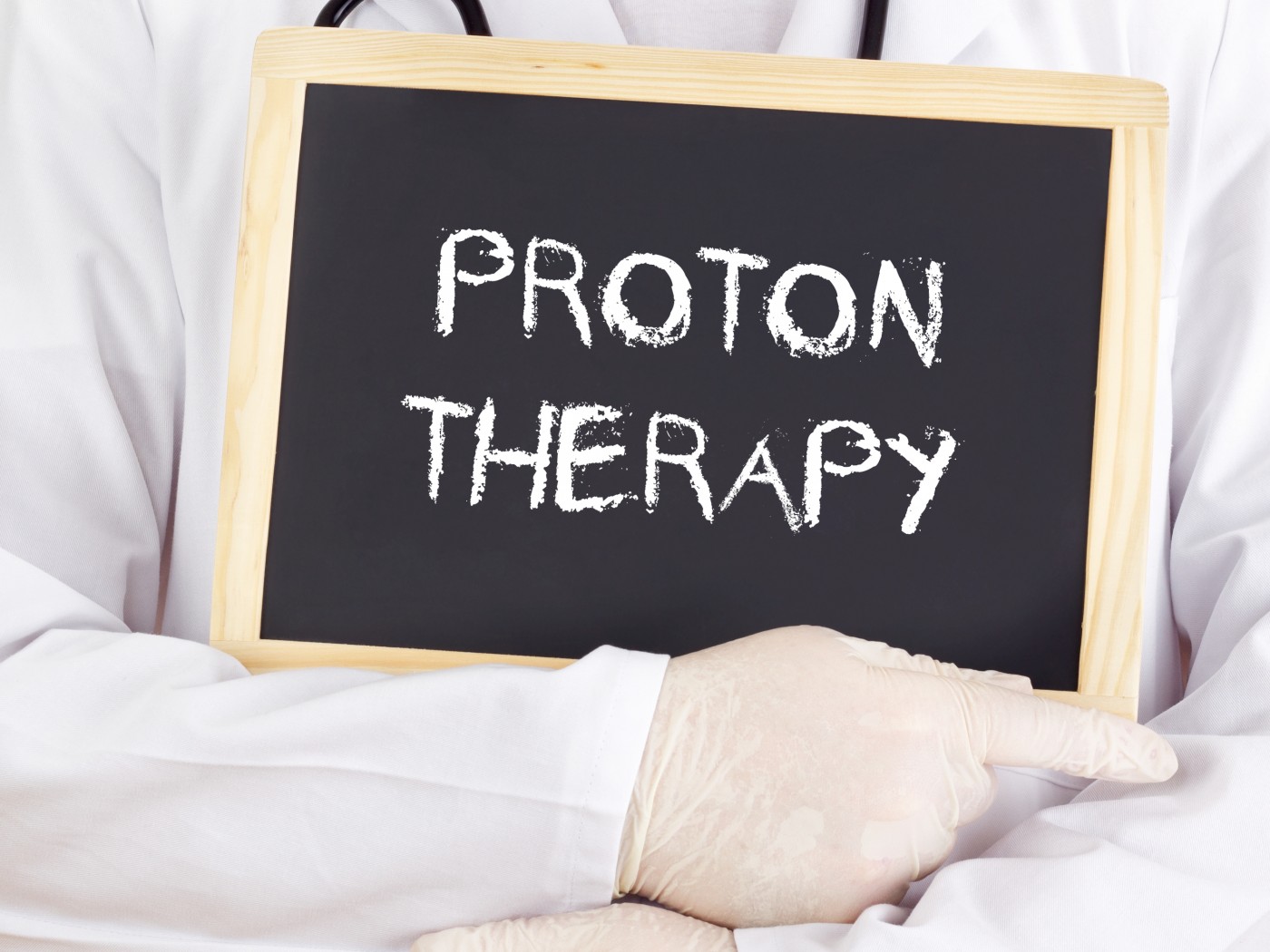 Dr. Michael Gillin, a physicist and professor in radiation physics at the MD Anderson Proton Therapy Center, recently explained his opinion on the reason protons are “the most interesting and potentially beneficial methods of cancer therapy,” in an interview released through the MD Anderson press room.
Dr. Michael Gillin, a physicist and professor in radiation physics at the MD Anderson Proton Therapy Center, recently explained his opinion on the reason protons are “the most interesting and potentially beneficial methods of cancer therapy,” in an interview released through the MD Anderson press room.
How do Protons Treat Cancer?
Dr. Gillin explained that protons are stable subatomic charged particles in the nuclei of atoms. They “can release the bulk of their cancer-fighting energy at a very narrow area within the body and thus, potentially limit the amount of healthy, normal tissue that is radiated and potentially destroyed.” This is especially important because in current radiation therapies based on x-rays, the cancer-fighting energy targets not only the tumor itself, but also the healthy tissues surrounding it, resulting in unnecessary damage.
What Is the History of Proton Therapy and its Use in Fighting Cancer?
In 1946, physicist Robert Wilson was the first scientist to suggest the use of protons for cancer treatment, and in the 1950s, the first experiments were made at facilities focused on nuclear research. In 1991, proton beam facilities were developed together with medical institutions, and patients were for the first time treated with protons at the Loma Linda University Medical Center. Since then, the “MD Anderson Proton Therapy Center, the first proton facility at a comprehensive cancer center, since its inception in 2006 was able to treat more tumor sites than any other proton facility. The center was the first in North America to pioneer pencil beam proton therapy, a highly precise form of proton radiation, and now is at the forefront of intensity modulated proton therapy (IMPT) — the most advanced form of proton radiation and considered the “holy grail” by many radiation oncologists.”
How Are Protons Delivered?
First, protons are separated from electrons (negatively charged particles) and then “travel through large machines (about the size of a football field) (…) which accelerate protons to almost the speed of light — fast enough to place them at any depth within the patient’s body.”
[adrotate group=”1″]
How Is The Energy Of Protons Adapted To Different Patients and their Needs?
“To ensure that each patient receives the prescribed treatment safely and efficiently, the Proton Therapy Center uses a network of computers and safety systems,” Dr. Gillin explained. “This includes treatment gantries that revolve 360 degrees, allowing protons to be delivered at any angle and depth in a patient’s body.” The prescribed treatment is defined based on the opinion of several expert staff members at MD Anderson to ensure that the patient receives the optimal treatment and the best care.
What’s On the Horizon for Proton Therapy?
Proton therapy has shown to be a promising treatment in head and neck cancers, avoiding secondary effects common in x-ray therapy, like the use of feeding tubes by the patient or the loss of senses (such as smell and taste). In the case of orbital cancer, proton therapy has proven to be efficient and able to spare the patient’s eyes. A similar result was also obtained in patients with brain cancer, where photon therapy spared healthy brain tissue, allowing patients to preserve a normal and functional brain. “At MD Anderson, scientists continue to explore how protons can benefit particular groups of patients, especially children, whose bodies are still developing and are more likely to suffer long-term side effects associated with traditional x-ray radiation.”



just wonderful advancements for Proton. Watching from Australia